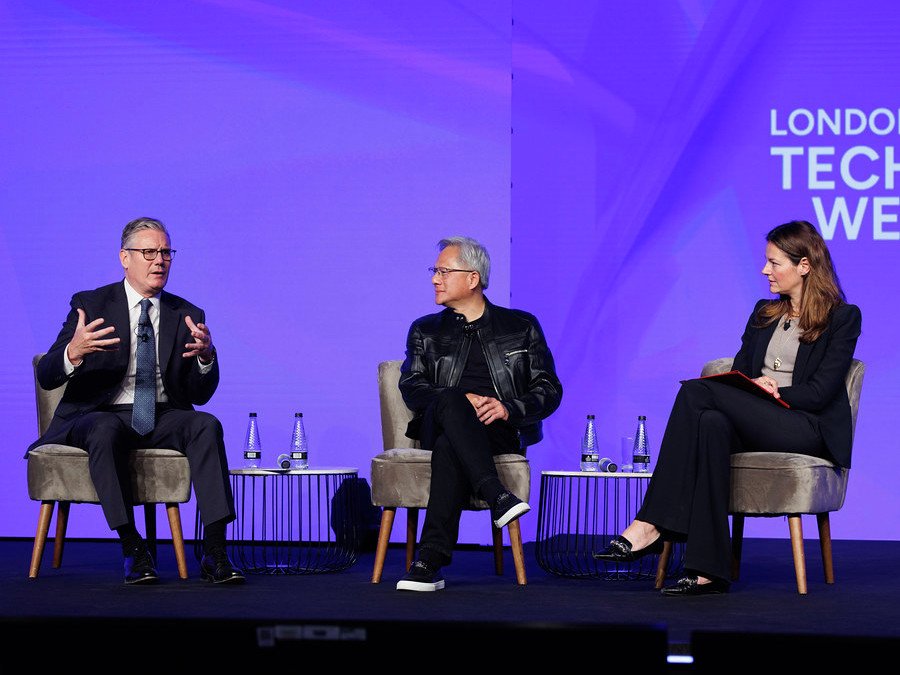Restaurant franchising is evolving rapidly in 2025, shaped by economic realignment, consumer expectations, and emerging technology. The industry has moved beyond recovery into reinvention, as operators adopt digital platforms, launch healthier menus, and embrace sustainability-focused growth.
The U.S. franchise economy is expected to exceed 821,000 units and support 9 million jobs, with nearly $900 billion in economic activity. Food service leads the sector, attracting entrepreneurs due to its proven scalability and efficiency.
Technology is now indispensable. AI-enabled kitchens, predictive ordering, cloud-based solutions, kiosks, and mobile apps are cutting costs while driving customer engagement. Menu design increasingly reflects values of plant-based eating, health consciousness, and sustainability.
Despite inflation, supply chain pressures, and workforce shortages, franchise brands are innovating. Automation replaces manual labor, staffing apps help bridge employment gaps, and advanced logistics stabilize supply chains. Analytics guide smarter strategies in menu development and pricing.
Florida, Texas, and Georgia remain the most attractive growth hubs thanks to demographic growth and favorable tax structures, particularly for drive-thru and delivery concepts.
The Franchise Leadership & Development Conference spotlighted adaptability, transparency, and strong organizational culture. With Gen Z stepping in as both workforce and franchise owners, brands must align with values of inclusion, purpose, and innovation.
Bottom line: franchising in 2025 is a tech-driven, resilient model. Those who move decisively can help define the next decade of restaurant growth.





